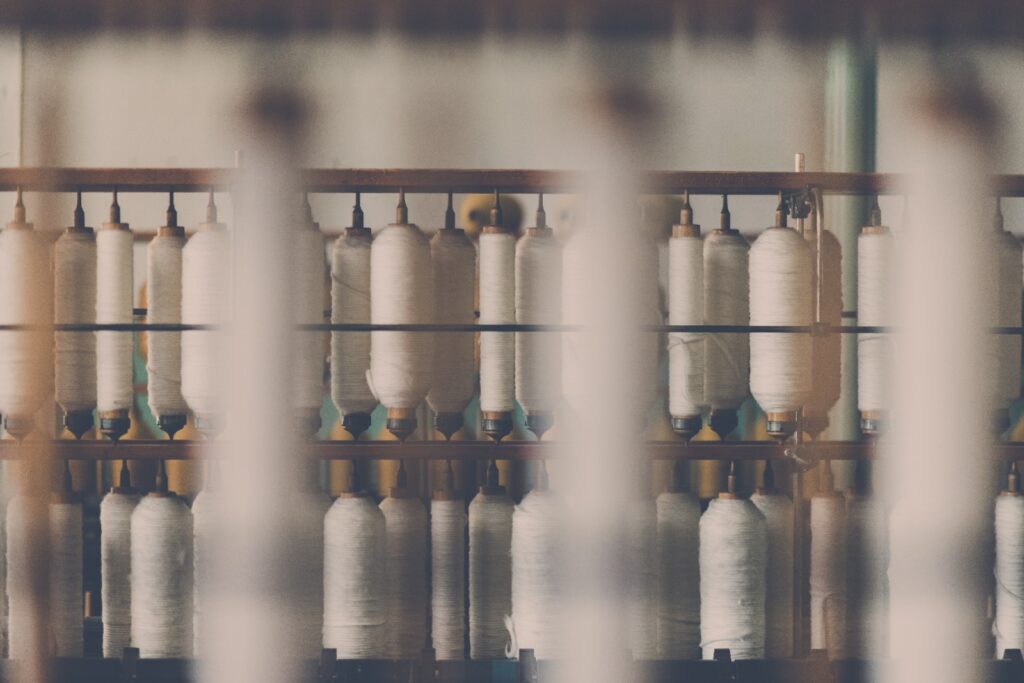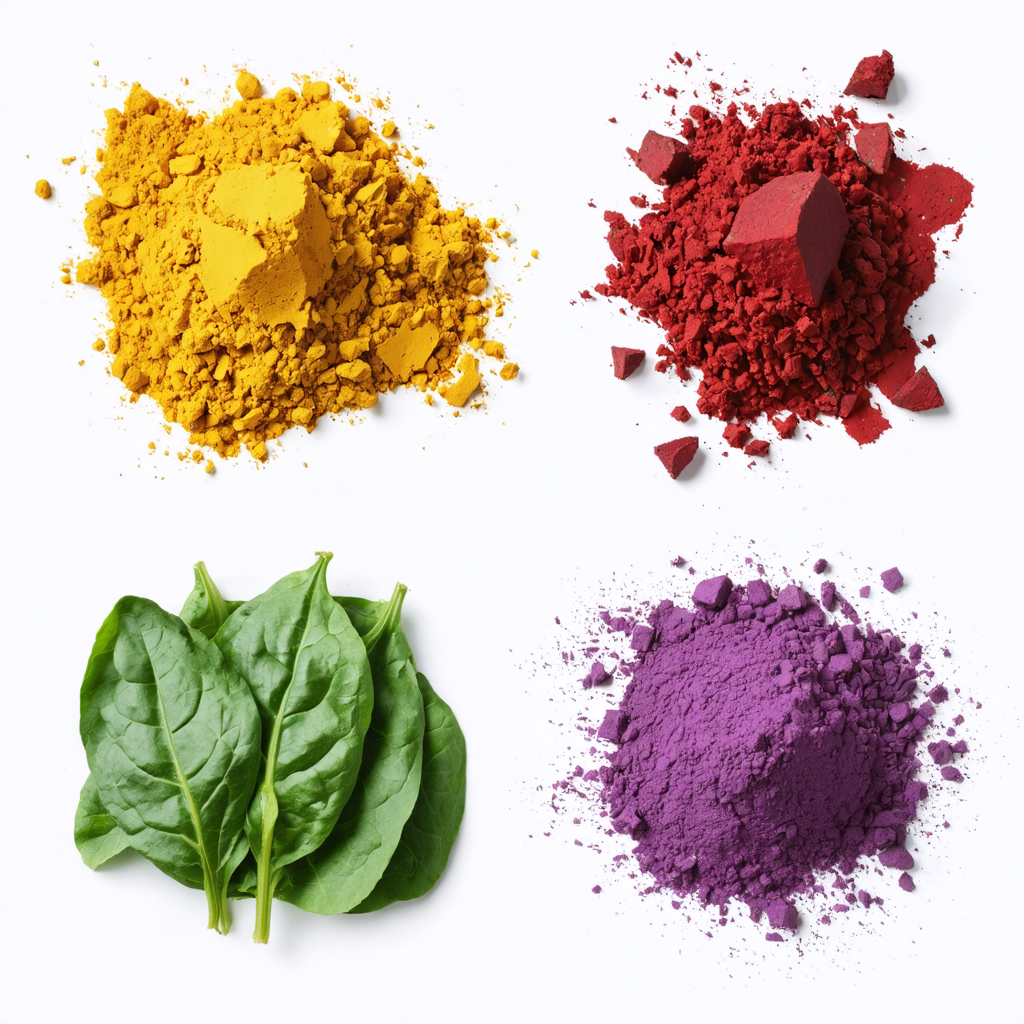Table of Contents
ToggleINTRODUCTION
Natural Colors Textile Dyeing Techniques and Tips. Textile dyeing is an important process in the textile industry. It is the process of imparting color to textile fibers, yarns, and fabrics. Textile dyeing is traditionally done using synthetic dyes that are derive from petrochemicals. However, the use of synthetic dyes has negative environmental impacts and can also cause health problems. In recent years, there has been a growing interest in using natural colors in textile dyeing. Natural colors are derive from plant, animal, or mineral sources, and they are eco-friendly, sustainable, and biodegradable. In this article, we will discuss the techniques and tips for using natural colors in textile dyeing.
NATURAL DYES
Natural dyes are derive from plant, animal, or mineral sources. They have been use for thousands of years to dye textiles. Natural dyes have unique characteristics that make them desirable for textile dyeing. They are eco-friendly, sustainable, and biodegradable. Natural dyes are also non-toxic, and they do not cause health problems. They produce subtle and muted colors that are aesthetically pleasing. There are different types of natural dyes, including gardenia blue , beet red, cochineal, and turmeric.
Techniques for Using Natural Dyes The techniques for using natural dyes are different from those used for synthetic dyes. Natural dyes require more time and effort, but the results are worth it. Here are some techniques for using natural dyes:
- Preparation of the fabric: Before dyeing the fabric, it is important to prepare it properly. The fabric should be washed thoroughly to remove any dirt, oils, or sizing agents. It is also important to mordant the fabric. Mordants are substances that help the dye adhere to the fabric. Some common mordants used for natural dyes include alum, iron, and copper. Alum, iron, and tannin are natural mordants use in textile dyeing. Mordants help the dye adhere to the fabric and improve colorfastness. Alum is a versatile mordant that can be use with a wide range of natural dyes. Dissolve alum in hot water and add it to the dye bath in a ratio of 10-20% to the weight of the fabric. Iron is use with tannin-rich dyes to produce darker colors. Tannin is a natural substance found in plants such as oak bark, tea leaves, and pomegranate rinds. To use tannin as a mordant, simmer the fabric in a tannin solution before dyeing. To test the effectiveness of a mordant, dye small samples of fabric with and without the mordant and compare the colorfastness of each sample.
- Extraction of the dye The next step is to extract the dye from the natural source. The extraction process depends on the type of natural dye being use. Some natural dyes require soaking the source material in water, while others require boiling the source material in water. The extract dye can be stored in jars until it is ready to be use.
- Dyeing the fabric Once the fabric is prepare and the dye is extract, the fabric can be dye. The fabric is usually immerse in the dye bath and left to soak for a specific period of time. The length of time depends on the desired color intensity. It is important to stir the fabric frequently to ensure even color distribution.
- Post-treatment After dyeing the fabric, it is important to post-treat it. Post-treatment involves rinsing the fabric to remove any excess dye, and then washing it with a mild detergent. Some natural dyes require additional post-treatment steps, such as exposure to sunlight or soaking in vinegar.
TIPS FOR USING NATURAL DYES HERE ARE SOME TIPS FOR USING NATURAL DYES
- Use high-quality natural dyes that are free from contaminants.
- Use natural fibers, such as cotton, linen, or wool, for best results.
- Experiment with different natural dyes to achieve different colors and effects.
- Keep accurate records of the dyeing process to replicate results.
- Be patient and allow the fabric to soak in the dye bath for the recommended time.
CONCLUSION
Thus Using natural colors in textile dyeing is a sustainable and eco-friendly alternative to synthetic dyes. Natural dyes produce beautiful and subtle colors that are aesthetically pleasing. Although using natural dyes requires more time and effort, the




